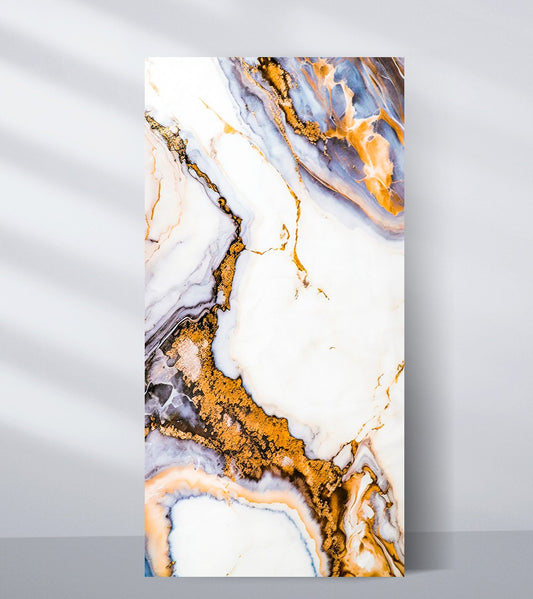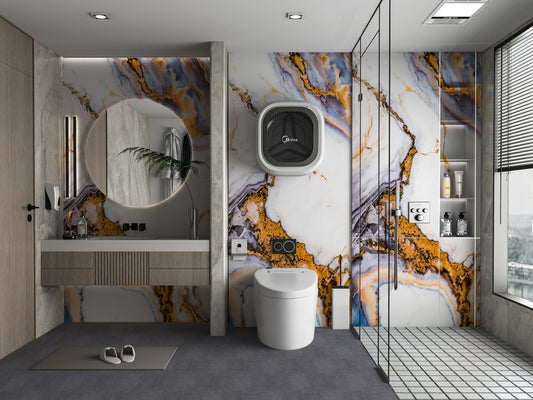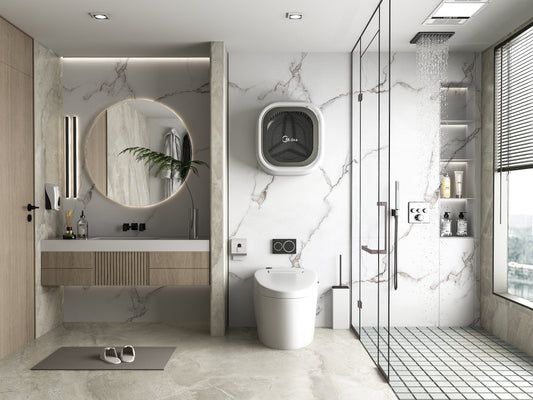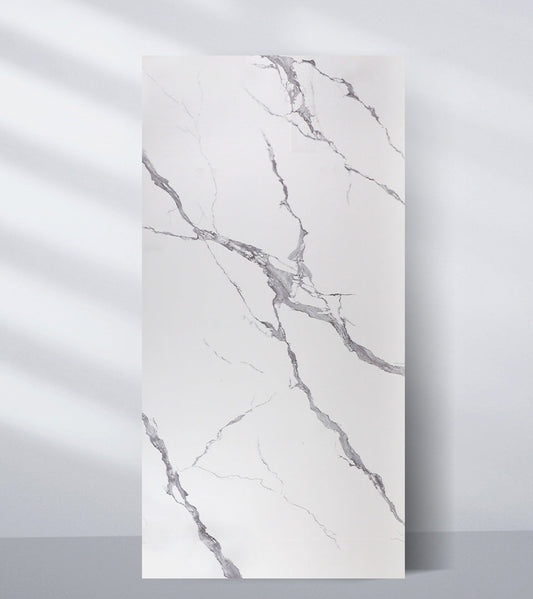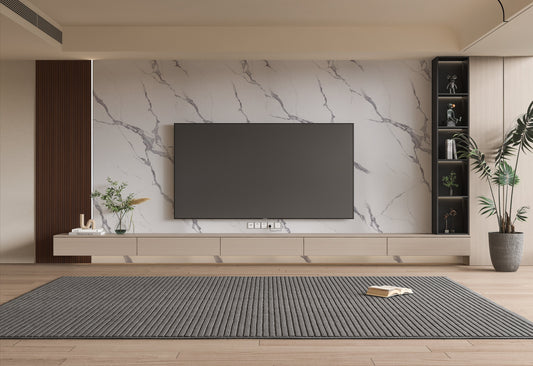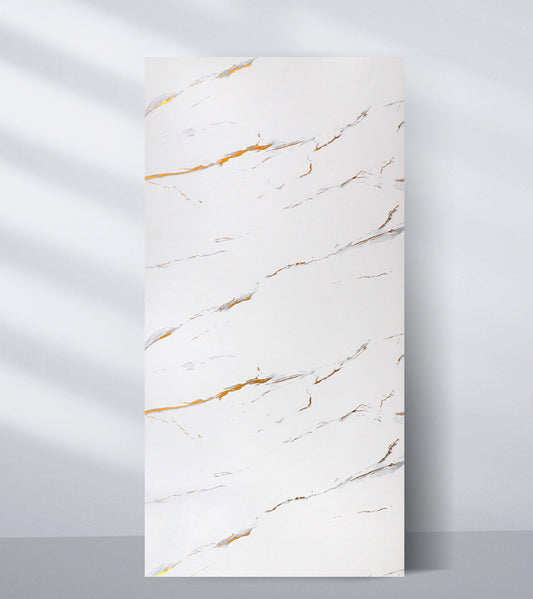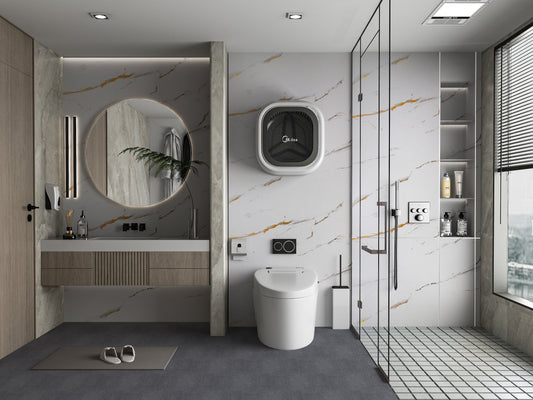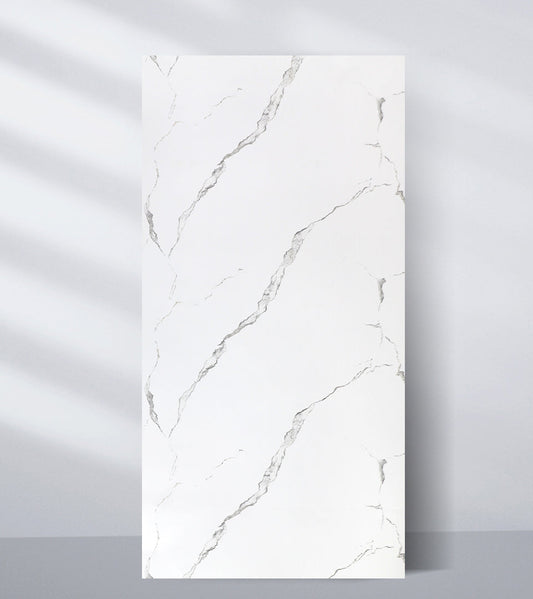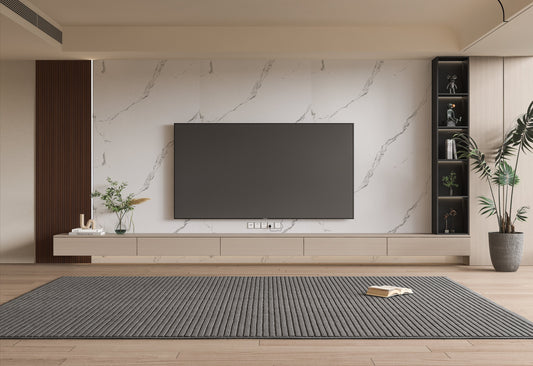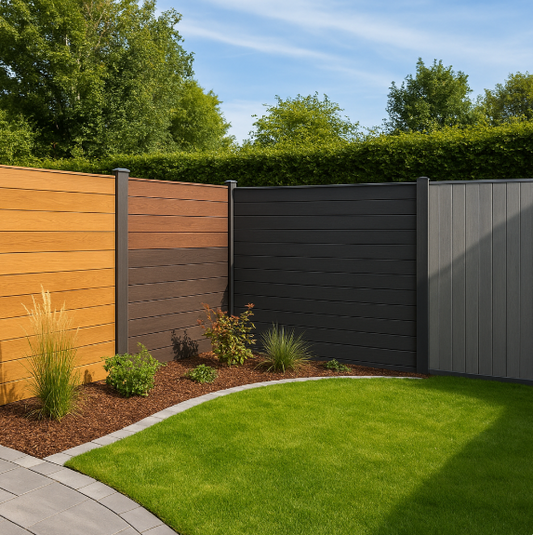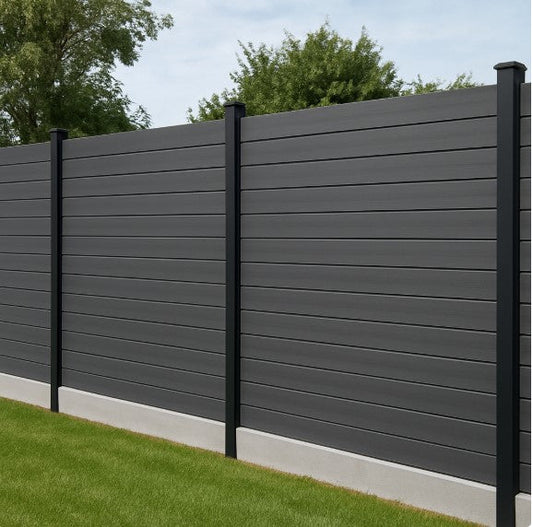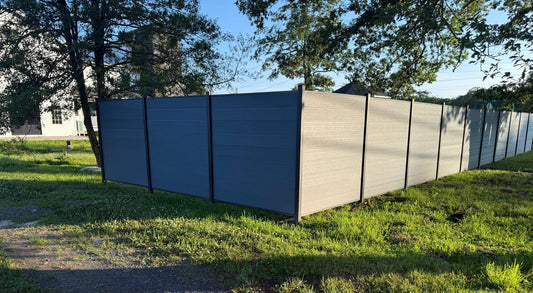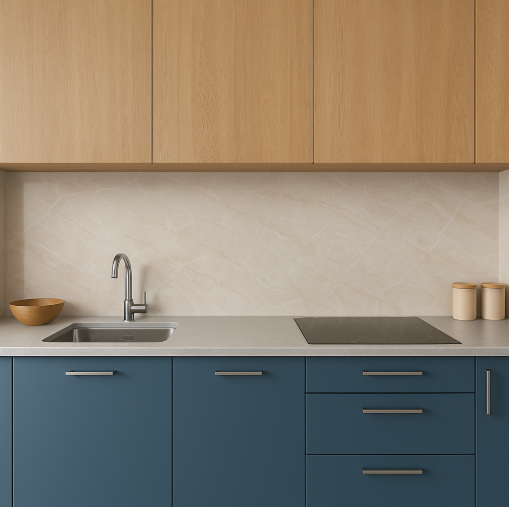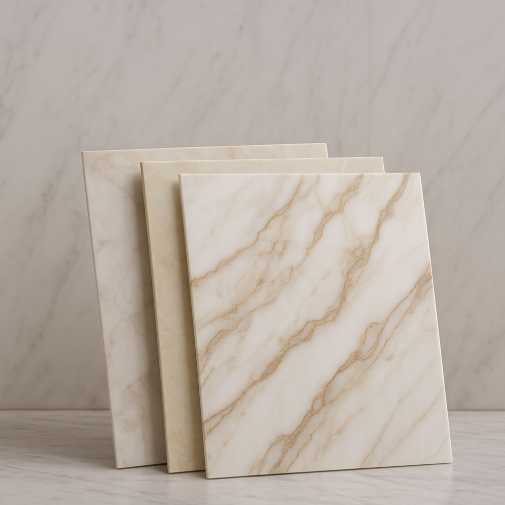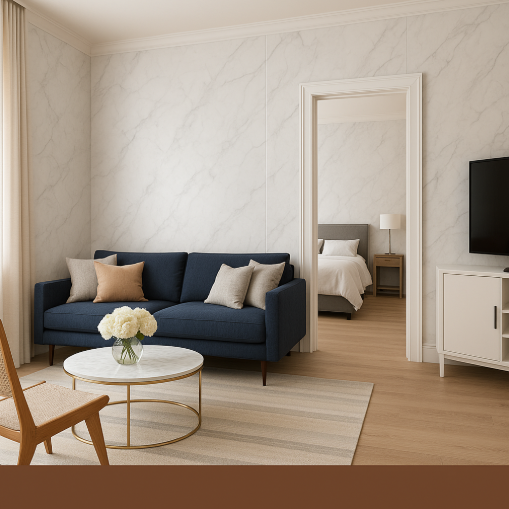In the world of modern architecture and home renovation, composite cladding has emerged as a leading choice for exterior wall solutions. Whether you're building a new home or upgrading your current one, choosing the right exterior wall cladding is crucial not just for aesthetics, but for long-term durability, energy efficiency, and maintenance costs.
While traditional options like wood or fiber cement still have their place, composite cladding panels are rapidly gaining popularity thanks to their innovative composition and impressive performance.
In this article, we’ll explore the top benefits of using composite cladding for exterior walls, showing why it’s become a go-to solution for architects, contractors, and homeowners alike.
What is Composite Cladding?
Composite cladding refers to exterior siding made from a blend of wood fibers, plastics (like polyethylene or PVC), and binding agents. These materials are compressed and molded into durable panels that often mimic the look of natural wood or stone without the typical issues those materials face.
The result is a low-maintenance, weather-resistant, and aesthetically pleasing cladding option suitable for both residential and commercial applications.
1. Exceptional Durability in All Climates
One of the biggest advantages of composite cladding is its resistance to environmental damage. Whether you're dealing with intense heat, heavy rain, snow, or coastal humidity, composite siding maintains its integrity without cracking, warping, or rotting.
Unlike natural wood, which can swell or decay over time, composite materials are engineered to withstand extreme weather conditions. They are also impervious to termites, fungal growth, and mold making them a far more reliable long-term investment.
Key durability benefits:
- Moisture and UV resistance
- Insect-proof and pest-resistant
- Won’t warp, crack, or split with age
- Designed for long-term performance (30–50+ years)
 |

|
2. Low Maintenance, High Performance
Maintaining traditional wood siding can be a hassle. It requires painting, staining, sealing, and frequent inspections to prevent moisture damage and rot.
Composite cladding panels, however, are designed to be virtually maintenance-free. A quick rinse with a garden hose or gentle cleaning with soap and water is often all that’s needed to keep the panels looking new.
There’s no need for repainting, resealing, or special chemical treatments, which not only saves time and money but also reduces your property’s environmental footprint.
3. Stylish, Modern Aesthetics
Composite cladding comes in a wide variety of colors, textures, and finishes many of which authentically replicate the look of wood grain, stone, or brushed metal. This flexibility allows homeowners and designers to achieve a modern, high-end appearance without compromising on durability.
Whether you want a warm, natural look or a sleek contemporary facade, composite cladding can complement any architectural style. It can be installed vertically or horizontally, with or without decorative trims, offering endless design combinations.
Popular composite cladding styles include:
- Wood-look vertical slats
- Matte and gloss finishes
- Shiplap or tongue-and-groove profiles
- Contrasting trim and accent panels
4. Energy Efficiency and Insulation
Energy efficiency is a growing concern for homeowners, especially in regions with extreme temperatures. When used with appropriate wall insulation, composite cladding contributes to better thermal performance by providing an extra barrier that helps regulate indoor temperatures.
By reducing heat transfer through walls, composite panels help lower energy bills, keep interiors more comfortable year-round, and reduce reliance on heating or cooling systems.
5. UV-Resistant and Color-Retaining
Unlike wood or cheaper vinyl siding that fades or discolors with time, high-quality composite cladding panels are engineered with UV-resistant coatings that maintain their color and vibrancy for decades.
This means your exterior walls stay visually stunning without the need for repainting. Many composite cladding brands offer warranties of up to 25–30 years for color retention, giving you peace of mind that your investment will continue to look great with minimal effort.
6. Eco-Friendly and Sustainable
As sustainability becomes a priority in construction, composite cladding stands out as a green building material. Many manufacturers use recycled wood fibers and plastic in their production, reducing landfill waste and promoting circular use of materials.
Additionally, because composite siding lasts much longer and doesn’t require frequent maintenance or chemical treatments, it has a lower environmental impact over its lifecycle compared to wood or aluminum siding.
Eco-benefits of composite cladding:
- Made with recycled materials
- Reduces deforestation
- Long lifespan reduces construction waste
- No need for paints or sealants
 |

|
7. Fire Resistance for Added Safety
Modern composite cladding products are available with fire-retardant ratings that meet stringent building codes. While not all composite materials are fireproof, many are designed to slow the spread of flames and resist ignition making them a safer option compared to untreated wood siding.
When choosing cladding for multi-family homes, commercial buildings, or properties in wildfire-prone areas, fire-resistant composite panels offer critical peace of mind.
Related search terms:
- Fire-rated cladding panels
- Fire-safe exterior wall options
- Composite siding fire resistance
8. Cost-Effective Over the Long Term
Although composite cladding may cost more upfront than some materials like vinyl or basic wood, it offers excellent value over time. With minimal maintenance, long lifespan, and reduced repair costs, the total cost of ownership is significantly lower.
Plus, composite siding adds value to your home by enhancing curb appeal and protecting the structure from costly environmental damage making it a smart investment if you're planning to sell your home in the future.
9. Easy and Flexible Installation
Modern composite cladding systems are designed with easy installation in mind, thanks to features like tongue-and-groove joints, interlocking systems, and lightweight panels. These innovations reduce labor time and cost, and allow for installation over a variety of surfaces.
Whether it’s a DIY project or professional installation, composite panels offer a faster and cleaner process compared to traditional wood or stone siding.
10. Ideal for All Property Types
Composite cladding isn’t just for residential homes it’s an excellent choice for:
- Apartment complexes and condos
- Office buildings and commercial plazas
- Renovation and remodeling projects
- Coastal or high-humidity environments
Its versatile performance and appearance make it suitable for virtually any setting, helping property owners maintain aesthetics while ensuring durability and low costs.
Final Thoughts: Why Choose Composite Cladding?
When you consider the full spectrum of performance, style, and sustainability, composite cladding stands out as the best choice for modern exterior wall design. It outlasts traditional wood, requires far less maintenance, and offers homeowners and builders a wide range of design options all while supporting eco-friendly building practices.
If you're planning an exterior upgrade or starting from scratch, Accel Inc offers a premium selection of composite cladding boards that combine durability, style, and long-term value. With multiple textures, colors, and profiles available, there’s a perfect fit for every project.
Frequently Asked Questions (FAQs)
Q: How long does composite cladding last?
A: High-quality composite cladding can last 30–50 years or more with proper installation and minimal maintenance.
Q: Is composite siding waterproof?
A: Yes. Composite cladding is highly water-resistant, making it ideal for wet or humid climates.
Q: Does composite cladding fade over time?
A: Premium composite products are treated with UV-resistant coatings that retain color for decades.
Q: Is composite cladding suitable for cold or snowy regions?
A: Absolutely. It withstands freeze-thaw cycles without cracking or warping, unlike wood or vinyl.
Q: Is composite cladding more expensive than wood?
A: Initially, yes. But over time, it saves money by reducing maintenance and replacement costs.
Optimize Your Exterior with Accel Inc
Looking to boost your property’s value and curb appeal with a long-lasting solution? Explore the composite cladding systems available at Accel Inc crafted for resilience, designed for beauty, and trusted by builders across the country.

